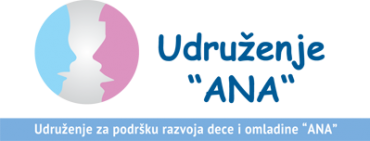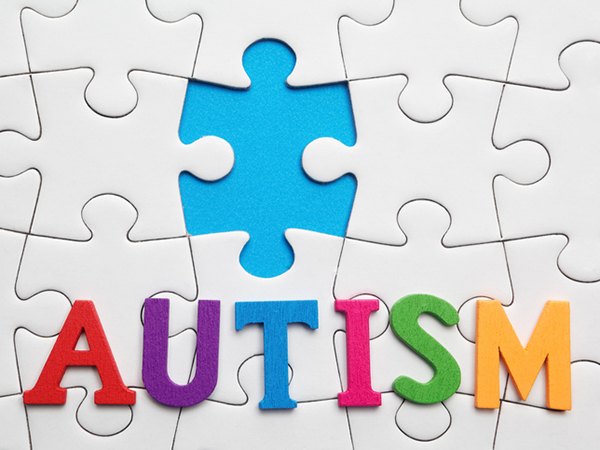
New Canadian research shows that it is possible to change the brains of children with autism.
by John Hoffman
Autism is an important issue in Canada just like it is in Serbia, I¹m sure.
It¹s hard to say for sure exactly how many Canadian children have autism. Some experts say one out of every 100 children has some form of autism. What we know for sure is that autism is the most common developmental disorder of childhood. Most Canadian children with autism live at home with their parents and go to the their local school, often in mainstream classes (as opposed to segregated classes for children with special needs.)
Canadian children with autism get many different kinds of treatment including speech therapy, social skills therapy, behaviour therapy, occupational therapy, play therapy, diet therapy and family therapy. There is considerable debate about which therapies are most effective. Given the sheer diversity of autism children with autism can be remarkably different from one another – it seems unlikely that any one therapy will be ideal for all children.
However, one type of therapy, Applied Behaviour Analysis (ABA) (sometimes referred to as Intensive Behavioural Intervention) is considered by many experts to be the most effective and evidenced-based (proven by research)
autism therapy. ABA, which can cost over $50,000.00 per child per year, is sometimes funded by Canadian provincial governments. However, governments cannot afford to pay for ABA for all children with autism, so there are waiting lists and some parents pay for the therapy themselves.
The goal of ABA is to teach children behaviours that will help them function in at school, in their families and in the community. Specific behaviours, such as making eye contact, paying attention or using words to express yourself are broken down into small steps and then taught systematically through behaviour modification, with lots of repetition and rewards. ABA usually involves 20 to 40 hours per week of one-on-one sessions between a child and a therapist. This therapy has been shown to improve children¹s behaviour, language abilities and cognitive skills.
Now, a new Canadian study has shown that a completely different approach to autism therapy called DIR/Floortime, leads to dramatic changes in the social abilities of preschoolers with autism, and also resulted changes in the way
their brains function. This study, done at the Milton and Ethel Harris Research Initiative at York University in Toronto, is the first autism study ever to measure children¹s brain function before and after therapy. I will be doing a series of blogs about this research because I believe it is one of the most fascinating and important autism studies that has ever been
done.
DIR/Floortime was developed by the Dr. Stanley Greenspan, an American child psychiatrist who died in 2010. I will provide a fuller explanation of the therapy in another blog. But for now l¹ll just say that it combines identifying and reducing each individual child¹s sensory, emotional and social stressors (to make social interaction less overwhelming) with a kind of play therapy in which parents are taught strategies for interacting with their children. Although all parents interact with their children with autism, typical two-way interaction is difficult because children with autism respond so differently to not only parent interaction, but to all kinds of sensory stimuli sights, sounds, textures, smells etc. In DIR/Floortime, parents are taught ways of interacting that work for their specific child.
The idea of DIR/Floortime is not to teach children specific behaviours, as it is with ABA, but to enable them to participate more fully in social interaction and enjoy it. Being able to interact in as other children do, gives autistic children the chance to benefit from all sorts of social learning that is so important for early brain development.
This study found that after a year of therapy, (most of the therapy is actually done at home by parents in daily 2 to 3 hour sessions), children who received DIR/Floortime made big improvements in their ability to enjoy social interaction with parents, pay attention during that interaction and, perhaps most importantly, to initiate interaction with parents.
I was shown two films of one little boy who participated in the study. One was taken before therapy started and the other taken after a year of therapy. In the first video, taken when the boy was three, he won¹t even look at his father, even though the father tries very hard to join in the play with his son. In the second video the boy playfully tries to scare his father with a Batman does several things you couldn¹t have imagined after seeing the first video. For example, he initiates a make-believe game where he says, at one point, “Daddy, you be the bad guy.” These are huge, huge changes in social ability that not only make a new kind of parent/child relationship possible, they also make it possible for the boy to participate in all kinds of social interaction that other children with autism tend to avoid because they find it stressful and overwhelming.
In future blogs I will tell you more about the therapy, how it works, the theory behind it and the study¹s amazing findings about how therapy changed children¹s brain functioning.

